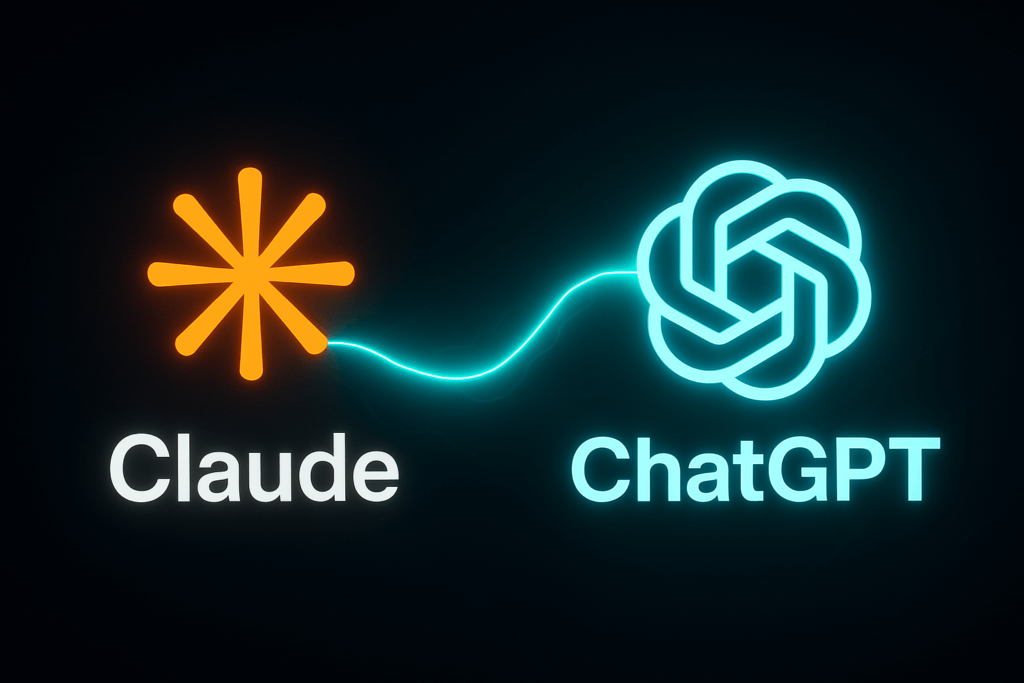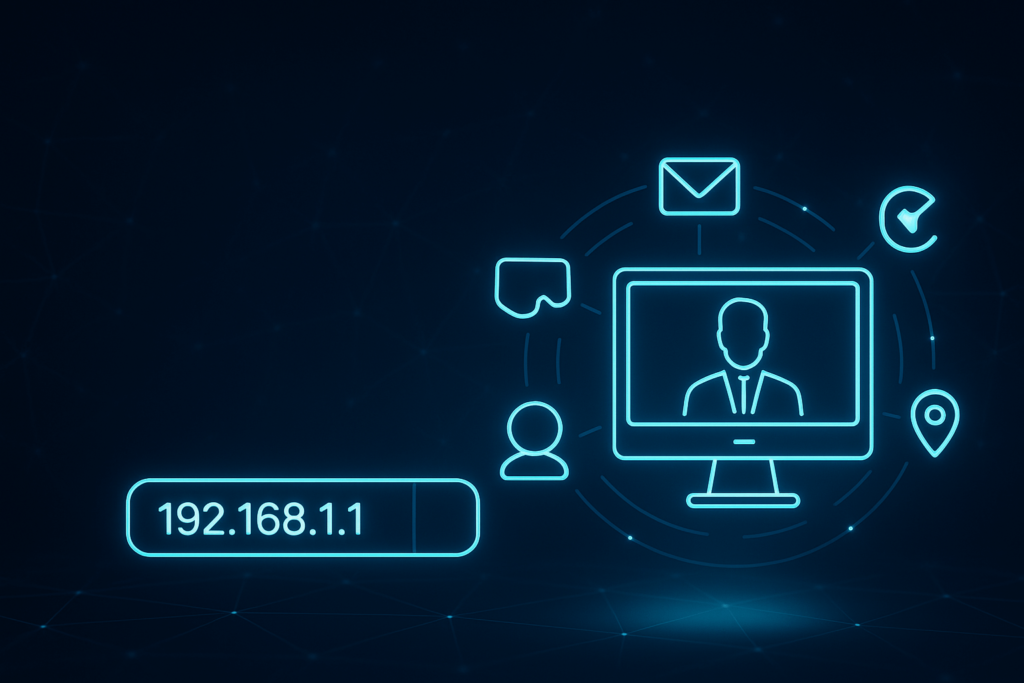Don't miss interesting news

“Whoever is fastest wins” no longer works. Arbitrager 2025 is about traffic and trust. Cutting off the scam before the first click is a new must-have skill.

Everything used to be simple: you looked at the site – it was okay or scam, checked the domain – new or old, wrote to the TG, got a response, so it was alive. Plus, Google with reviews, and you’re already in the know. It seemed that these methods really give a sense of control, fitting into the formula: trust = logic + a little flair.
But especially now, when technology is blowing away all the old landmarks, these strategies turn out to be nothing more than a mimicry of confidence. No guarantees, except that you will see exactly what they wanted you to see.
It used to be that it was enough to see https and a neat landing page to give the site a plus and cross it out of the “scam” column. For many people, this really cut off potential fakes at the entrance.”Now things are much more complicated. The “trust” signals have turned into facade elements:
In 2024-2025, phishing sites will massively use generative frameworks to create full-fledged corporate wrappers. This is called facade building – faking brand trust using a template.
I looked at the date of registration – if the domain was created yesterday, it’s already alarming. The Whois shows the country, IP, hosting, legal entity, and this was enough to catch something like “registered in China 4 hours ago”. One quick check could save a lot of time. Nowadays, Whois is not a detector, but a fiction: the country, owner, and email fields are closed by default, which is already a standard for most registrars. More clever schemes are being used:
On forums, scammers discuss the “optimal age of a domain for trust” and make lists of “dropped” old sites that can be used anew. Today, even the date of creation is no longer an argument.
Once upon a time, a single search solved everything. You google the name of the brand/offer → you see mentions on forums, YouTube, maybe even arbitration cases or warnings from those who have already been “caught”. Nowadays, the reputation picture is formed in advance and on purpose, with a full simulation of the “live background”:
In the 2023 fintech cases, phishing platforms with higher SEO visibility than real microbanks were found in the fintech sector, all thanks to massively generated positive mentions.
It all started with a simple message – and the verification was ready. You write to TG, look: the account is old, online, as it is worded. It looks like a human, so it’s okay. At the same time, you check the mail: does it exist? Does it sound corporate? But now the rules of the game have changed:
Scammers sometimes even have a separate person to “verify” (such as “our lawyer can confirm”), which takes it to the second level of deception. There are cases where full-fledged links were launched with a “support service”, “sales manager”, and “technical support”, who communicated for a month and ran away with the budget.

AI doesn’t replace intuition – it breaks it down into details, bringing you back to the moment when something doesn’t add up. No shortcuts. GPT doesn’t “poke at random,” but highlights what often goes unnoticed: an indirect answer, excessive friendliness, template wording, a shift in tone.
Modern LLM models don’t just wait – they scan, deconstructing the style, identifying advertising patterns, manipulative hooks, and tonal markers. GPT doesn’t fall for “just phrases”: each sentence is read as a set of triggers. As an example, a partner writes:
GPT sees manipulation of the term “long-term”: it sounds solid, but without any proof (cases, references, public agreements) it is water. Social confirmation like “we already work with many people” is a typical trigger in the psychology of influence. Don’t have any examples? Then the probability of a fake background is high. Artificial urgency “bonus for 3 more days”is a classic pressure tactic: to force you to act quickly, without time to think. This is a red flag typical of phishing, spam, and pseudo-discounts. Additionally taken into account:
Model output: high risk of manipulation. Behavioral patterns are consistent with scam narratives: appeal to trust, social proof, and time pressure – without any specifics.
AI tools with embedding queries (such as Phind, Perplexity Pro, proprietary GPT agents) analyze the partner’s text and compare it with the database of forums, complaints, Telegram chats, arrays of public incidents and articles. What exactly are they looking for:
GPT evaluates the similarity of the phrase to fraudulent patterns – if the wording resembles those that have already been used in complaints, forums, or cases, the system can automatically classify it as a risk group. Even if everything looks normal on the surface, a match in form and style is a red flag.

AI models trained on negotiation, fraud, and social engineering scenarios can not only analyze but also initiate a dialogue to identify risks. GPT can automatically generate “control” queries that create pressure or check the reality of the proposal:
These questions are not random. They imitate triggers that knock a fraudster out of the role, appeal to financial specifics, legal status, or previous cases – exactly where it is most difficult to construct “reality”. The partner’s reaction is already a signal. If there is a sharp response, “excuses” such as “this is internal information” or streamlined phrases such as “we always maintain trust” – GPT records a shift in tone (sentiment shift), escape from specifics, activation of template words.

In more complex cases, the model resorts to contextual escalation – that is, it increases the pressure by formulating an even more acute question in response to a previous evasive or patterned response. For example: “I’m checking your website domain – why was it created only yesterday?”
How GPT reads between the lines: This is not a “typos and stylistics” text analysis, but reading between the lines. AI models analyze what you feel intuitively but can’t name:
And the most interesting thing is that the model not only analyzes, but also really helps out. And this is even before you have had time to clarify something manually.
Works with any language: Even if the text is written crookedly, with broken English or a mix of surzhik and slang, GPT still captures the style and essence.

Suggest tricky questions that knock you out of the role:
You can send everything at once: description from the website, email, chat – GPT/Claude will form a single picture. That is, there is no need to manually “compare the tone” – AI will do it by itself.
Because it is your gut feeling, only digitized. When you read a text and something doesn’t sit right with you, GPT sees this “something”, breaks it down into details, and explains what exactly is wrong. Unlike Google-check, which simply catches a mention, it’s about the emotional geometry of the text: what markers, where falsehoods slip through, who is pressing – and why.
What it does: Checks if the email exists at all – or if it’s just a stub from a fake domain. Hunter shows whether the address really belongs to the company or is a fresh fake with zero activity. In tandem with GPT, you can not only check the email, but also evaluate it: whether it sounds like live communication or a generated facade.
Tries the entire domain mail grid: Hunter can pull the entire list of emails that are registered on a domain – often including real contacts.
The technical info is dry on its own, but GPT explains: “This email has an unusual structure that looks like a one-off. The domain was created only 6 days ago. There are no SPF records, which is a sign of a potential fake.”
Provides background on the domain: when it was created, from which IPs it works, whether there are mentions on other services. This allows you to read how alive it is and whether it has been worked with somewhere else.
Most scam partners are burned on email. They can launch a website in a day, write a sweet offer – but everything falls apart in real mail.
Hear me out: “write to corporate email”? Maybe it’s time to launch Hunter. It will tell you if such an address exists at all. And GPT already reads the subtext: whether it’s a live email or a hastily made package.
How it works: Extracts data from forums, Reddit, specialized sites, public registries, and databases. There are links in each answer. Click on them and you can see exactly where it was written, by whom, and in what context. Here are the proofs, here is the history, you decide, not AI.
It digs up what you can’t find with a simple Google surf. Comments under cases, arbitrators’ forums, subreddits with “cooperation experience” – these are often the most honest information. Perplexity searches for and verifies information itself. You can ask us directly:
The output is the already digested essence. Without water. With explanations and live links to cases.
Sounds nice: “We have been in the game for a long time”, but not a single proof. You want not a guess, but: three posts on forums where people were cheated out of $500. And here are the links next to each other. Perplexity is not an AI opinion, but real data. GPT picks up on it: it analyzes where it lies, where it pressures, where it manipulates.
How this thing takes over: Collects an automatic funnel: new email → domain verification → GPT analysis → message to Telegram: “The risk is high, that’s why…”.
Everything works without clicks and manual fuss. You just get real-time conclusions with an explanation of what’s wrong and even a draft answer if you want to get off the topic. And this system can be connected to anything where you have work: CRM, Notion, Discord.
30 inboxes – 0 time to analyze? This email filter filters out the suspicious, shows where the pressure is, and gives you a tip: “It’s better not to contact them.” The email hasn’t even been opened yet, and GPT has already read what’s wrong: manipulation, inconsistency, falsity. It just works. No “I’ll check later” and no fiddling around.
What it catches on to: Tries digital traces, namely IPs, domains, accounts, old archives, mentions on Reddit and forums. Collects everything left on the web – from the first website to the last suspicious comment. You can track the entire digital shadow – from the first site to the last mention.
It pulls up everything: who the emails are associated with, what accounts were mentioned before, where else this domain was mentioned. It pulls out merged databases, old mentions, participation in projects, and even small Reddit comments. If someone has already been involved in schemes, scams, or gray affiliate programs, you’ll be the first to know.

Not an opinion, not a guess – a digital dossier with everything someone would like to hide. The power is not on the surface. While GPT reads tone, Perplexity searches for mentions, Ghostwriter and Naphta dig deeper: who is this person, where else has he or she been, who is he or she connected with. When you need a dossier, not a guess.
Without further ado: Checks if it’s not a scam. If it was, it will show. If it’s clean, we move on. Instead of analyzing the tone or reading between the lines, it immediately shows whether there are risks. Based on a large database of scams, fake sites, bad IPs, and old blacklists. Gives a quick “intuitive” light: red is stop, green is it.
When you don’t dive into the details yet, but just want to understand whether a domain has been shown in scam schemes, ScamAdviser gives you the answer right away. No technical knowledge, no settings. You just paste the link and see if it’s worth going further or not. It is ideal for beginners or for instant “first screening” before deeper analysis.
ScamAdviser is the first filter. No digging into the details, no unnecessary noise. It simply shows whether something was suspicious or not. It does not analyze the context, but gives a clear signal – to go further or to turn off.
An algorithm of actions: Snyk checks the backend. whether there are holes in the site or code: old libraries, vulnerable packages, dangerous dependencies Doesn’t get fancy – works with official CVE databases and open source repositories. If there is a weakness, it will be highlighted.
It works simply: you paste the URL and see if the site is hosting something suspicious. Snyk analyzes the structure, shows which dependencies can be dangerous, and explains where the vulnerability came from and how to fix it. It is suitable not only for websites but also for code review.
You are dealing not just with a domain, but with a technical product. You need to know: “Can this site become a hole in my system?” Snyk shows you: the package version, risk, evidence – everything is in place.

In 2025, the winner is not the one who presses faster, but the one who checks deeper. Trust is the same conversion metric as CTR. Previously, “don’t be fooled” was about a hunch. Now it’s about tools. GPT, Perplexity, Ghostwriter, Snyk, ScamAdviser are not just a gimmick. This is your anti-scam database. Connect it to your daily flow and forget about phobias, losses, and failures. At this stage, trust = anti-fraud.